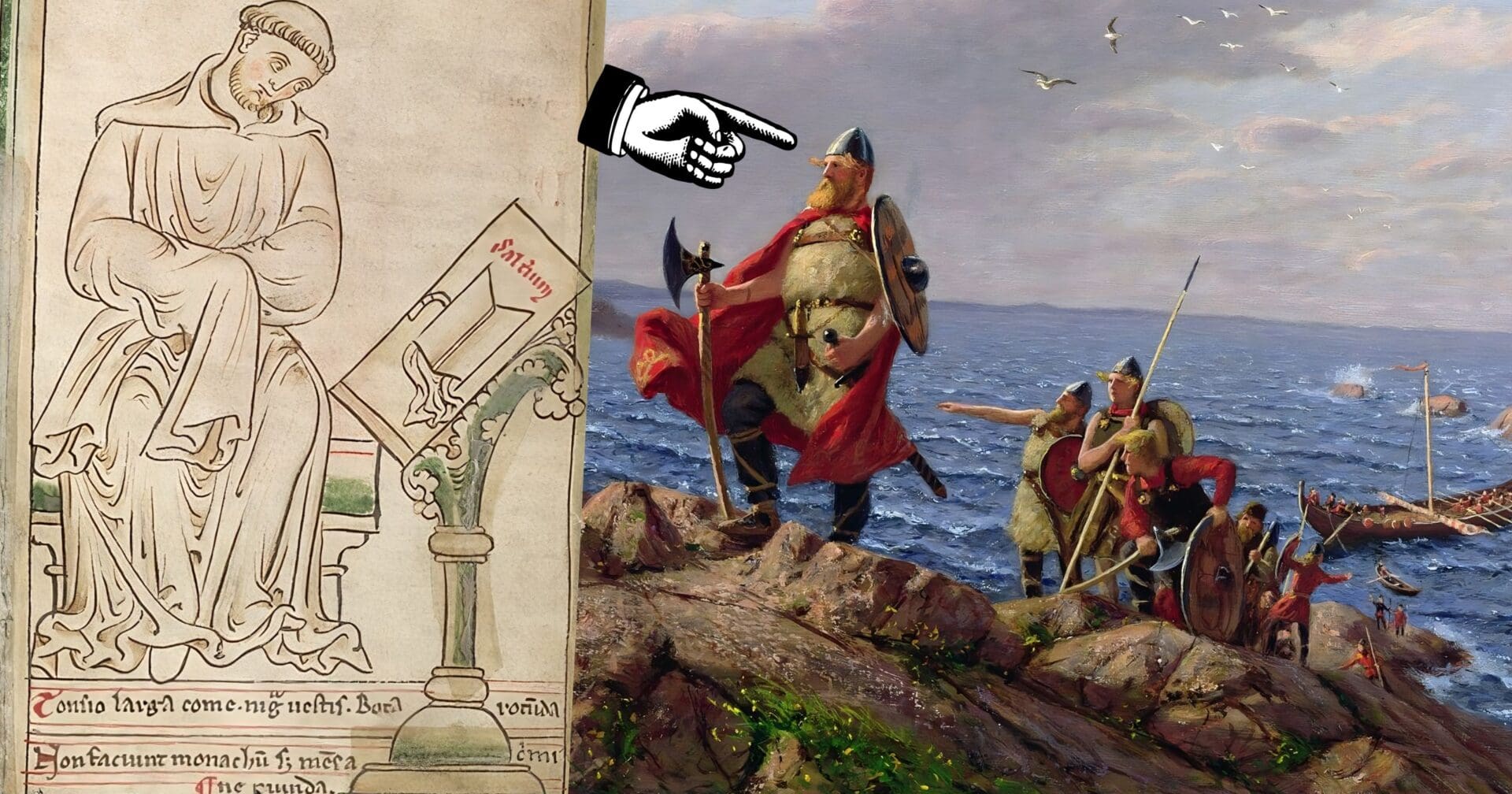Contrary to the widely held belief of Vikings as unkempt barbarians, historical evidence suggests they were quite the opposite, especially in their hygiene practices.
This care for cleanliness was so pronounced that it even drew complaints from medieval Catholic monks in England, a fascinating cultural clash during the Viking Age!
Vikings were known for their meticulous grooming habits. They bathed regularly, with Saturdays reserved for thorough washings, and they didn’t hesitate to use natural resources, such as lakes, streams, and specially built bath-houses, akin to the modern sauna. This routine extended to daily hand and face washing every morning. Their commitment to cleanliness was such that it was unusual for a Viking to neglect personal grooming, except perhaps during periods of mourning.
The importance of hair care was also evident, with combs being an essential tool in every Viking’s personal grooming kit. Made from materials like bone or ivory, these combs were used not only to detangle and smooth hair but also to maintain cleanliness by removing dirt and pests. The presence of these grooming tools in archaeological finds shows their significance in Viking daily life.
This emphasis on personal hygiene among the Vikings puzzled and even irked some of their contemporaries. Notably, John of Wallingford, a Benedictine monk, lamented the Vikings’ grooming habits. He observed that by combing their hair daily, bathing weekly, and frequently changing their clothes, Vikings were able to charm English women, including those of high status.
His writings offer a unique perspective on how Viking cleanliness was perceived as both alluring and troubling by medieval monks.
Read below:
“It is reported in the chronicle attributed to John of Wallingford that the Danes, thanks to their habit of combing their hair every day, of bathing every Saturday and regularly changing their clothes, were able to undermine the virtue of married women and even seduce the daughters of nobles to be their mistresses.”
Photo credit: Public Domain via Wikimedia Commons 1, 2














